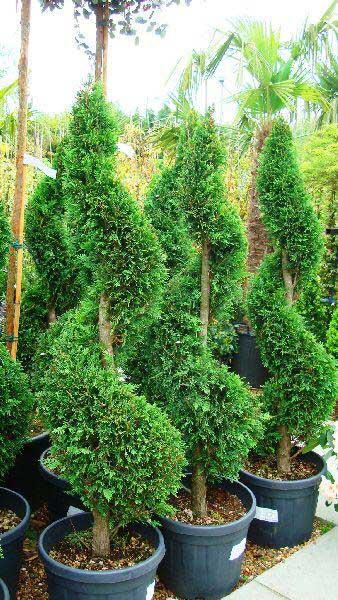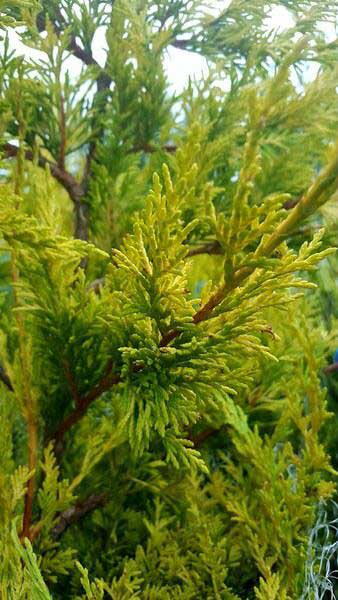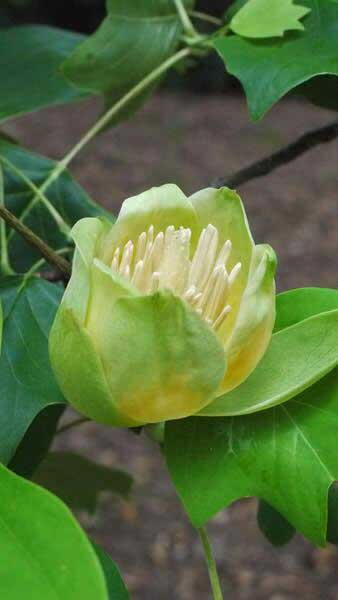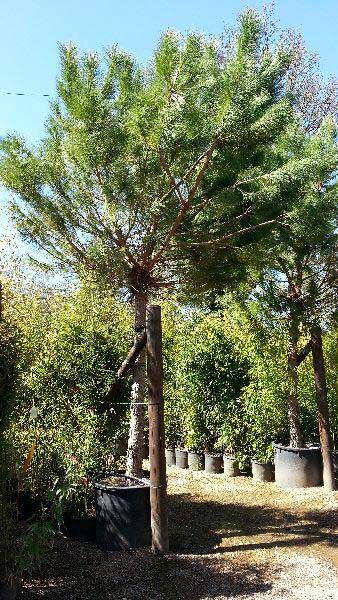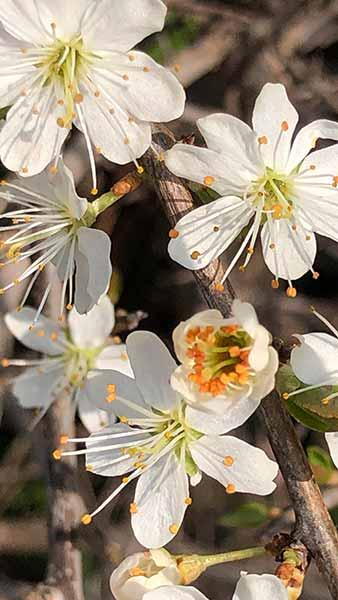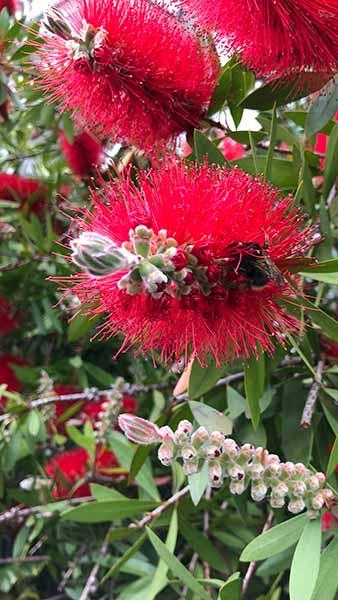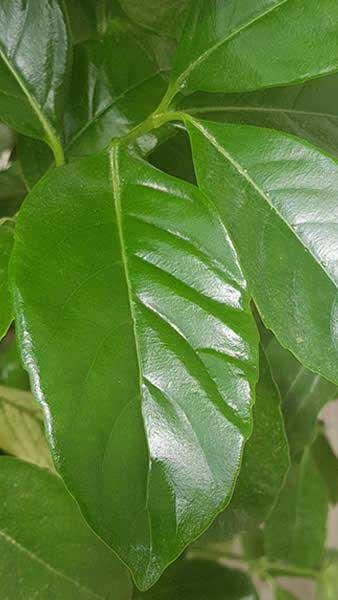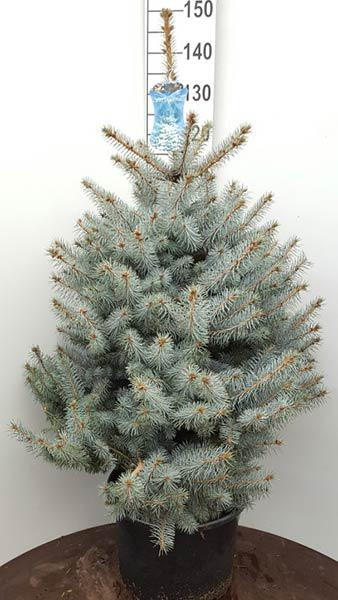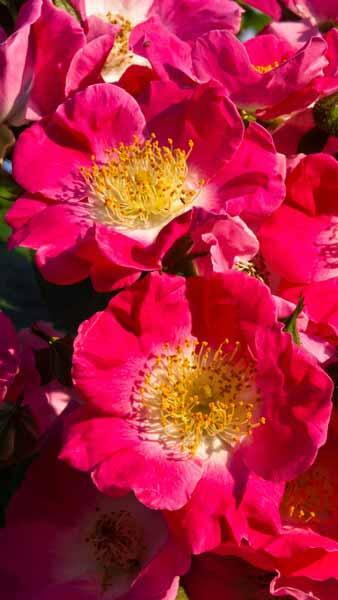Prunus Spinosa Blackthorn Tree Sloe Tree - for Sale Online
Prunus Spinosa or the Blackthorn Tree is a native tree which has long been found in the hedgerows of the UK. Also called the Sloe for the fruits it produces in autumn, it is a tough, hardy native which will thrive just about anywhere. Found in the UK and across Europe, the blackthorn is one of the first trees to flower each spring. The pretty white flowers provide an important nectar source for pollinating insects such as bees and moths. The leaves which then emerge are dark green, ovate, and finely serrated. The flowers are followed by in autumn by sloes, which are not eaten as fresh fruit, but are excellent for making sloe gin or jam. Its dense branching habit and thorny spikes create excellent nesting sites for birds. Prunus Spinosa is incredibly hardy and will survive even the most severe winters in the UK and across northern Europe. Over a period of 20 to 50 years it will reach a height and spread of 2.5-4 metres. It is not necessary to prune blackthorn to maintain its vigorous growth. For hedging, space Prunus Spinosa plants at 3 per metre, or 5 per metre in a staggered double row.Blackthorn will tolerate a wide variety of growing conditions. It will do best in moist but well-drained soil of any type. It will not thrive in acidic soil, and while it will grow in part shade, it will flower best and set more fruit in full sun. It does not need a sheltered location, and since it will tolerate salt Prunus Spinosa is a good choice for coastal plantings. Prunus Spinosa is best suited to rural properties where its low-maintenance natural state will complement the country landscape. It is a traditional hedgerow plant, where it grows wild, and so is a natural choice for a rural hedge, where it will provide early-season nectar for pollinating insects, attract birds for nesting and food, and year-round screening because of its dense growth habit and eventual height. Blackthorn can protect more vulnerable plants from being eaten by wildlife or grazing animals until they have grown enough to be safe. This can be a boon in areas where deer or rabbits pose a threat to your valuable plantings in a wildlife or woodland garden. Planting Prunus Spinosa is a great way to nurture wildlife while at the same time providing a dense and reliable screen for your property. This extra-hardy native tree makes a welcome addition to a country landscape plan!
